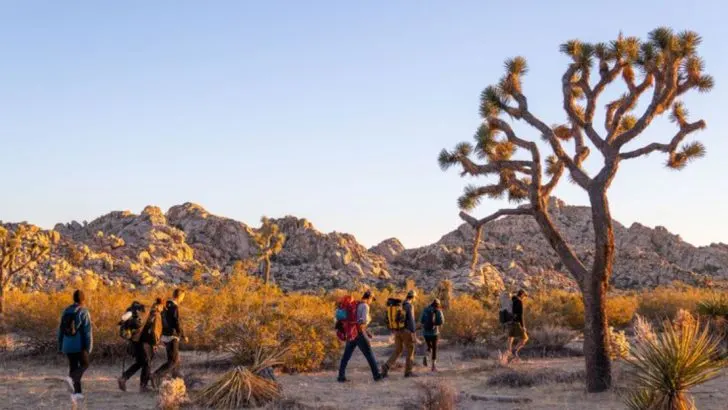While national parks are often celebrated for their dramatic landscapes and iconic wildlife, they’re also critical refuges for some of the world’s rarest plant species—many of which are quietly teetering on the edge of extinction.
Across the U.S., 14 national parks stand out as vital strongholds for endangered native flora—from delicate wildflowers surviving in alpine meadows to ancient shrubs clinging to desert canyons. These parks don’t just protect plants; they preserve entire ecosystems that may vanish without them.
In this list, we highlight the parks where botanical biodiversity is hanging on by a thread, the plants you can still find there—if you’re lucky—and the conservation efforts that are helping them stay rooted just a little longer. If you care about rare species, native habitats, and the silent heroes of our natural world, this one’s for you.
Great Smoky Mountains National Park
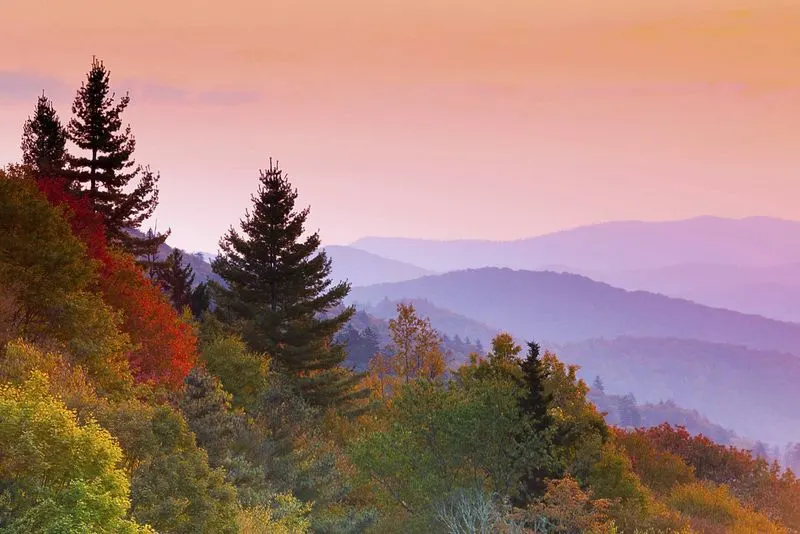
Enveloped in a cloak of mist, the Great Smoky Mountains are a tapestry of biodiversity. Home to the elusive spreading avens, this park boasts some of the rarest plant species. Wander through its serene trails and you might encounter the pink lady’s slipper, a vibrant orchid clinging to existence in the shadow of towering trees. This natural wonderland is not just a visual feast; it’s a crucial refuge for plants struggling against habitat loss. Conservationists tirelessly work to protect these fragile species and their ever-dwindling habitats.
Everglades National Park
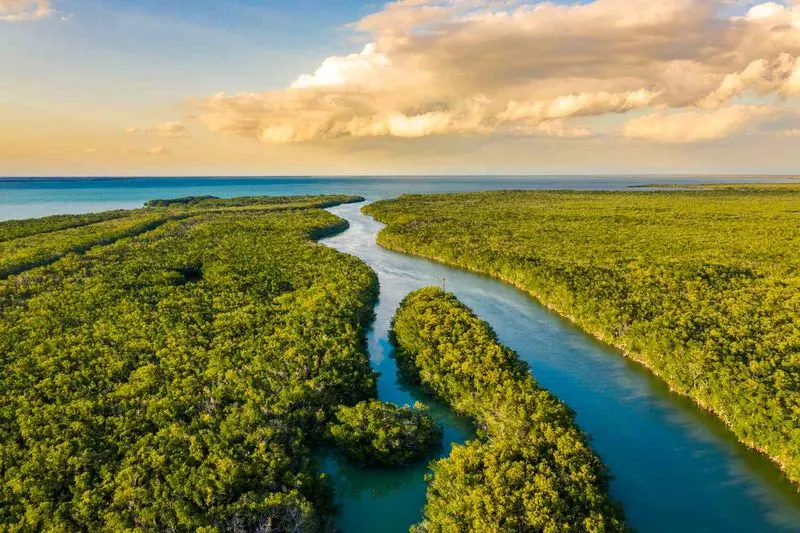
The vast waterways of the Everglades weave through a landscape teeming with life, yet its beauty is under constant threat. Here, the tiny polygala finds its last bastion. Swampy terrain shelters this and the Florida semaphore cactus, both desperately clinging to survival. Beyond its famed alligators and wading birds, the park’s delicate ecosystem supports these unique plants, whose existence hangs by a thread. Efforts to restore water flow are vital to preserve the natural balance that allows such rare flora to thrive.
Haleakalā National Park
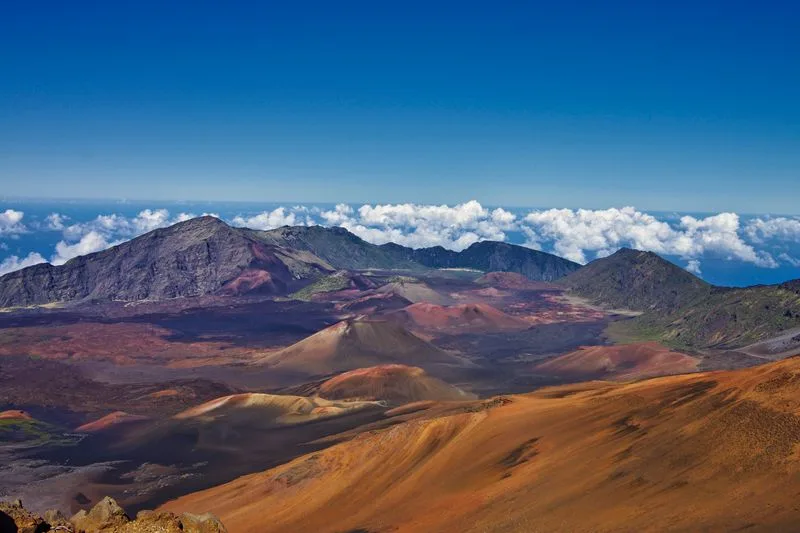
High above the clouds, Haleakalā’s volcanic slopes cradle the shimmering silversword. This majestic plant only blooms once in its lifetime, making each sighting an extraordinary event. The park’s lunar-like landscapes are home to unique species that exist nowhere else on Earth. Conservation programs aim to shield these endemic plants from invasive species and environmental changes. As you explore this otherworldly terrain, you’re not just witnessing natural beauty but also the tenacity of life in its rarest forms.
Olympic National Park
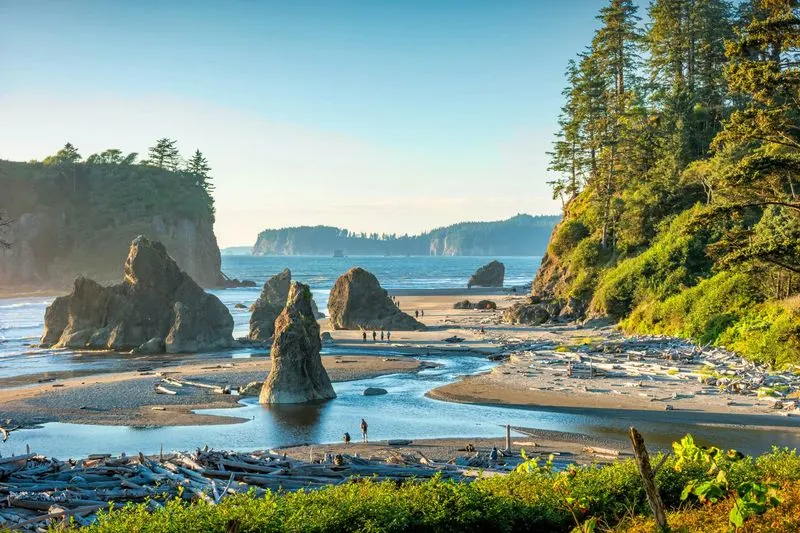
In the heart of Olympic National Park, ancient forests whisper the secrets of time. Among these giants, rare plants like the Olympic Mountain milk-vetch struggle for survival. This untouched wilderness is vital for the marsh violet and other rare species that thrive under its protective canopy. The park’s diverse ecosystems range from rugged coastlines to snow-capped peaks, each providing a unique habitat for endangered flora. Visitors are drawn to its natural beauty, unaware of the delicate dance for survival happening beneath the trees.
Joshua Tree National Park
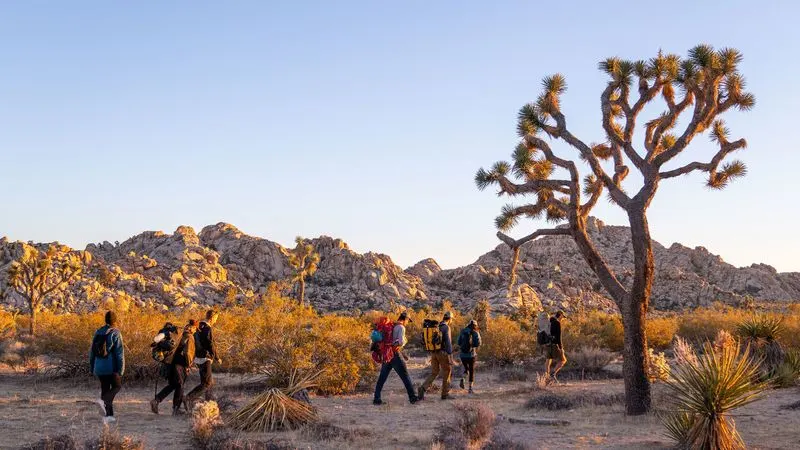
Amidst the stark beauty of the desert, Joshua Tree stands as a testament to survival against the odds. The park’s iconic namesake, the Joshua tree, shares its home with the rare Parish’s daisy. At sunset, the desert transforms into a palette of colors, offering solace to endangered plants. Conservationists battle against climate change and invasive species to preserve this unique desert ecosystem. Each visit to this park is a reminder of nature’s resilience and the efforts needed to sustain it.
Sequoia and Kings Canyon National Parks

In the shadow of giants, Sequoia and Kings Canyon host some of nature’s rarest inhabitants. The towering sequoias dominate the skyline, but it’s the delicate Kaweah brodiaea that captures the keen botanist’s eye. These parks are refuges for numerous endangered plants, thriving in their unique microclimates. As conservationists work to mitigate threats like fire and disease, these majestic ecosystems continue to inspire awe. Walking among these titans is a humbling experience, underscoring the importance of preserving our natural heritage.
Channel Islands National Park

Isolated by the ocean, Channel Islands is a living laboratory of evolution. Rare plants like the island barberry and Santa Cruz Island ironwood have adapted uniquely to their environment. The park’s remote location has allowed these species to evolve in solitude, yet they remain vulnerable to external threats. Conservation efforts focus on removing invasive species and restoring natural habitats. Visiting these islands is like stepping into a world frozen in time, where each plant tells a story of adaptation and survival.
Big Bend National Park
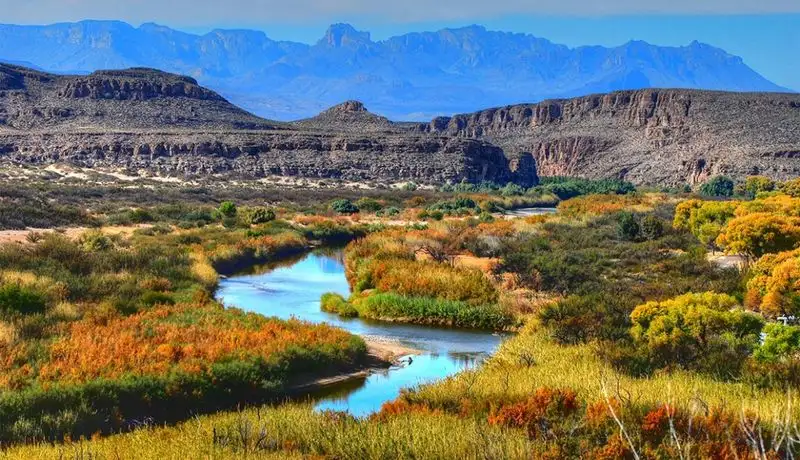
In the rugged terrains of Big Bend, the Chisos Mountains rise dramatically, sheltering rare plants like the Chisos agave. This remote park is a haven for species that have adapted to its challenging conditions. The elusive Guadalupe fescue finds solace here, amidst the stark beauty of the desert. Efforts to protect these plants are crucial as they face threats from climate change and habitat disruption. Exploring Big Bend is an adventure into the heart of a resilient ecosystem where life persists against all odds.
Redwood National and State Parks

Beneath the towering redwoods, a hidden world of rare plants flourishes. The western lily, with its vibrant hues, adds a splash of color to the forest floor. These parks are sanctuaries for endangered species that rely on the cool, damp environment provided by the redwood canopy. Conservationists strive to maintain this delicate ecosystem, crucial for the survival of these unique plants. As visitors wander through these ancient groves, they witness the intricate balance of life that sustains this natural wonder.
Saguaro National Park
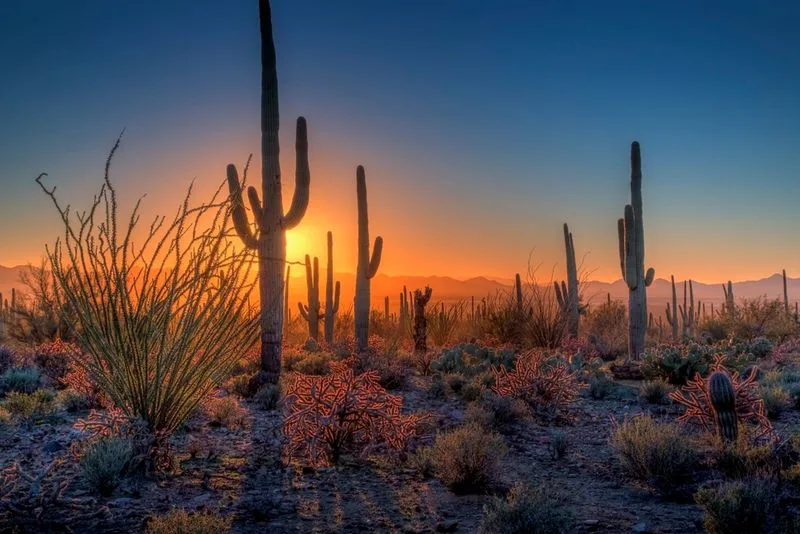
Amidst the saguaro cacti’s iconic silhouettes, rare plants like the Tumamoc globeberry cling to life. Saguaro National Park is a testament to nature’s resilience in the harsh desert environment. The unique flora here have adapted to extreme conditions, showcasing the adaptability of life. Conservation efforts focus on preserving these species and their habitats from development and climate pressures. Each sunset over the desert marks another day in the ongoing struggle to protect these fragile ecosystems and their inhabitants.
Death Valley National Park
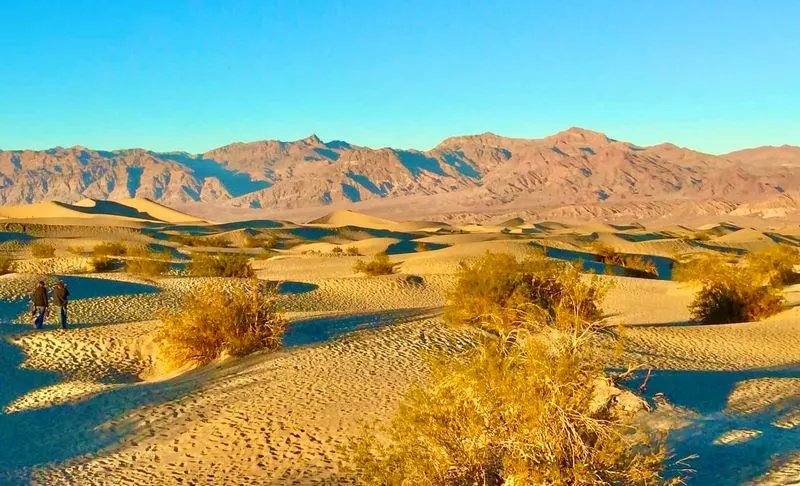
In the extremes of Death Valley, life finds a way. The Eureka Dunes evening primrose defies harsh conditions, blooming against a backdrop of stark desert landscapes. This park is home to some of the planet’s most resilient plants, their survival a testament to nature’s tenacity. Conservation work aims to protect these unique species from threats such as habitat destruction and climate change. Death Valley is more than its barren facade; it’s a vibrant ecosystem where every plant plays a crucial role in the desert’s story.
Glacier National Park
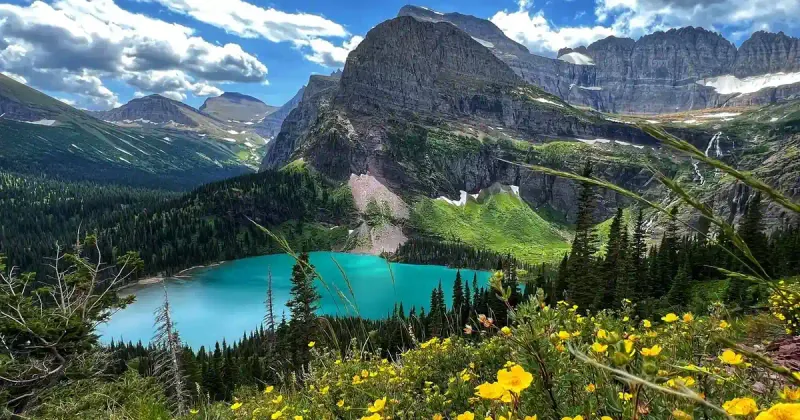
High in the alpine meadows of Glacier National Park, the glacier lily signals the arrival of spring. This striking yellow flower is among the rare plants that call these pristine landscapes home. The park’s rugged terrain provides a refuge for species threatened by climate shifts and human activity. Efforts to conserve these habitats are vital for maintaining the biodiversity that flourishes here. Every trek through Glacier offers a glimpse into the delicate ecosystems that thrive in this majestic wilderness.
Yosemite National Park
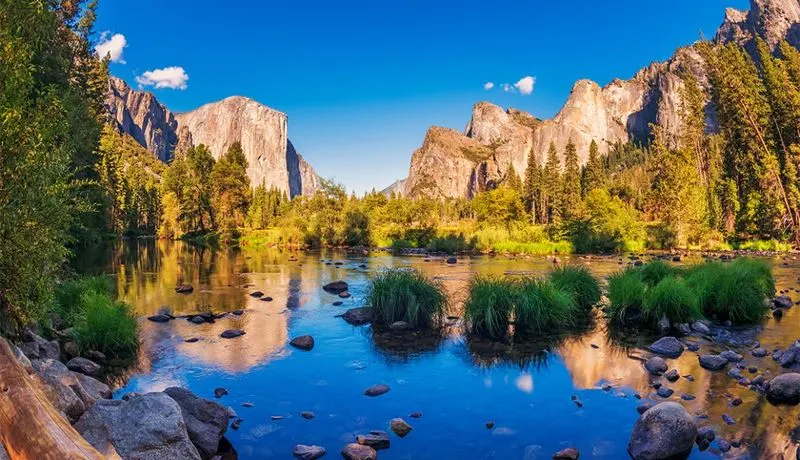
Yosemite’s breathtaking vistas aren’t just home to granite giants; they harbor rare plants like the Yosemite woolly sunflower. Nestled in the rocky crevices, this vibrant species adds to the park’s rich tapestry of life. Conservationists tirelessly work to protect these delicate plants from environmental pressures. Each visit to Yosemite is a reminder of the intricate connections that sustain its diverse ecosystems. As you explore its iconic landscapes, you’re part of a story where every plant contributes to the grandeur of nature.
Carlsbad Caverns National Park
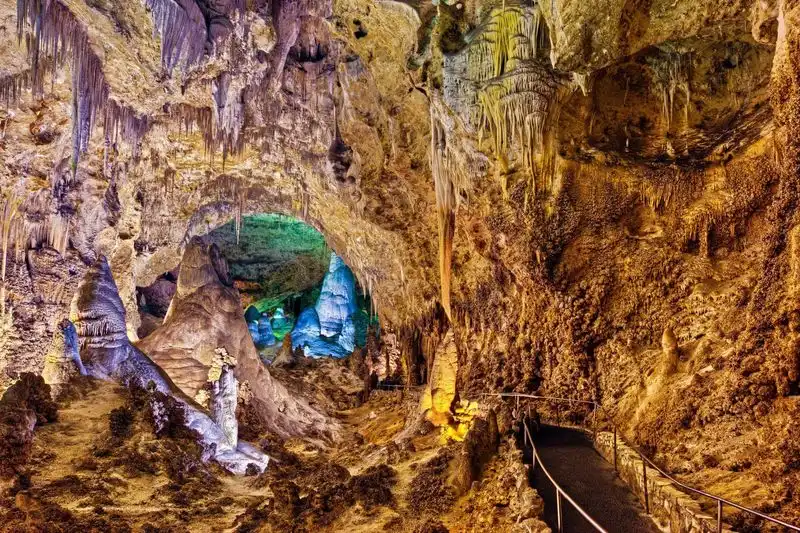
Beneath the surface of Carlsbad Caverns lies a hidden world where the Pecos sunflower finds refuge. This rare plant thrives in the unique microclimate near the cave entrances. The park’s limestone formations create a surreal backdrop for this resilient species. Conservation efforts focus on protecting these rare habitats from human impact and ensuring the survival of plants that depend on them. Exploring the caverns reveals not just geological wonders but also a delicate ecosystem where rare flora continues to persist.

